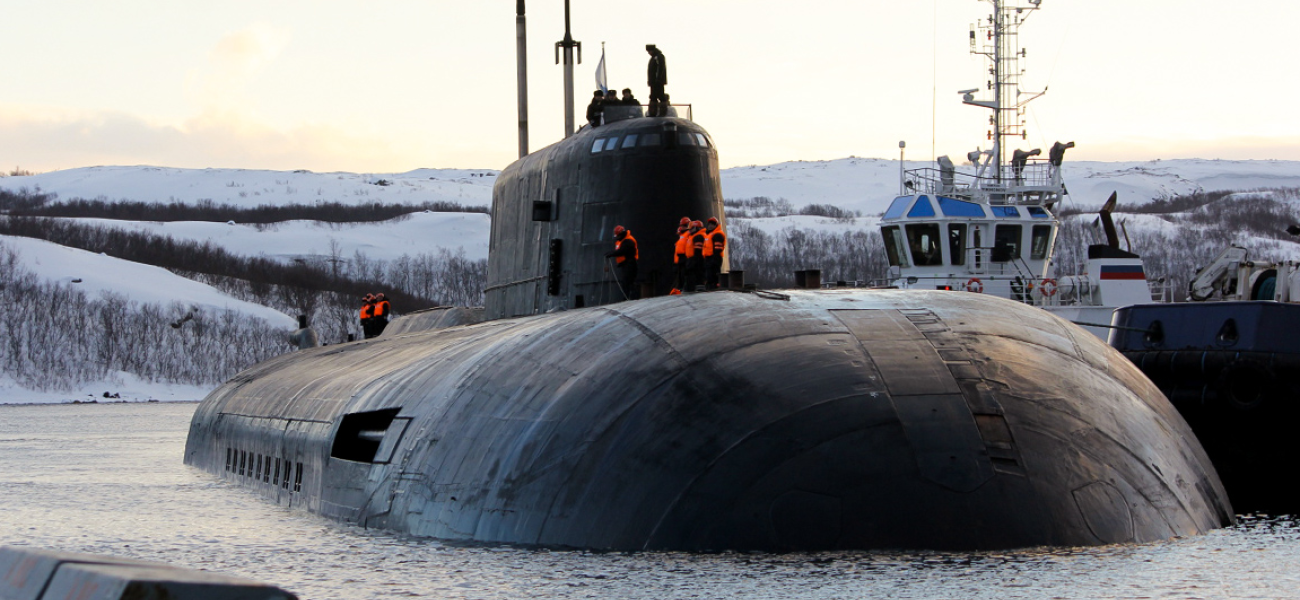
Decoding Russia’s Official Nuclear Deterrence Paper
This is a summary of an article originally published by the Carnegie Moscow Center.
The author writes that the publication of Russia's Nuclear Deterrence Policy Guidelines (NDPG) "sends several important messages not to be ignored." Trenin suggests that one message is a response to theories that Russian policy is based on a doctrine of "escalate to deescalate." The guidelines state that "in the event of a military conflict, nuclear deterrence should prevent the escalation of hostilities and allow their termination on conditions acceptable to Russia and its allies." Trenin argues that this can be inferred to mean that "in order to stop the fighting, Russia relies on the power of nuclear deterrence ... rather than on the actual use of nuclear weapons."
The author argues that, in a message directed at U.S. NATO allies, the "deterrence policy paper makes it clear that deployment ... of advanced weapons in the territory of non-nuclear weapons states in the vicinity of Russian borders would make them targets of Russian nuclear deterrence." Finally, the guidelines state that nuclear weapons may be deployed "in response to an attack against the critical national infrastructure that is responsible for controlling and employing nuclear weapons." Trenin suggests that this guideline may refer to "cyberattacks that can disable Russian strategic command and control systems."
Trenin concludes that the "timing of the publication suggests that the Kremlin takes a world without arms control seriously." It is imperative that professionals from both the U.S. and Russia engage in dialogue as "[a]dversaries should not be allowed to become enemies by mistake."
Read the full article on the Carnegie Moscow Center's website.
Dmitri Trenin
Dmitri Trenin is the director of the Carnegie Moscow Center.
Photo by mil.ru shared under a CC BY 4.0 license.
